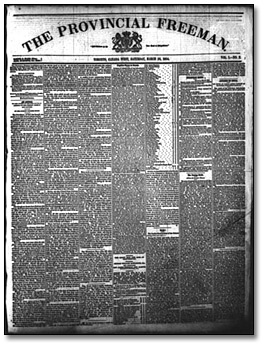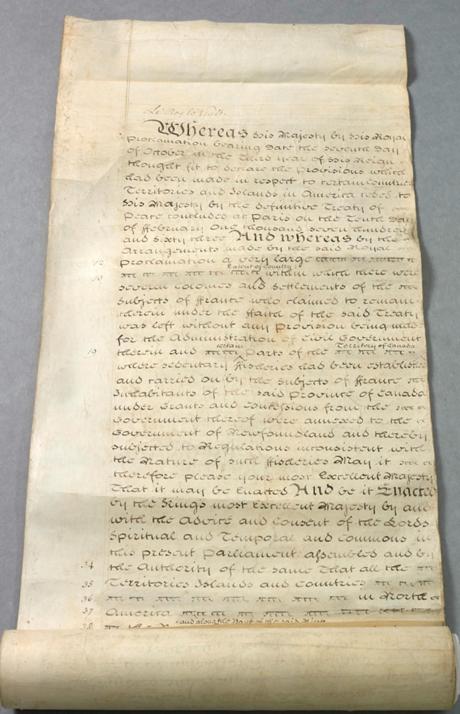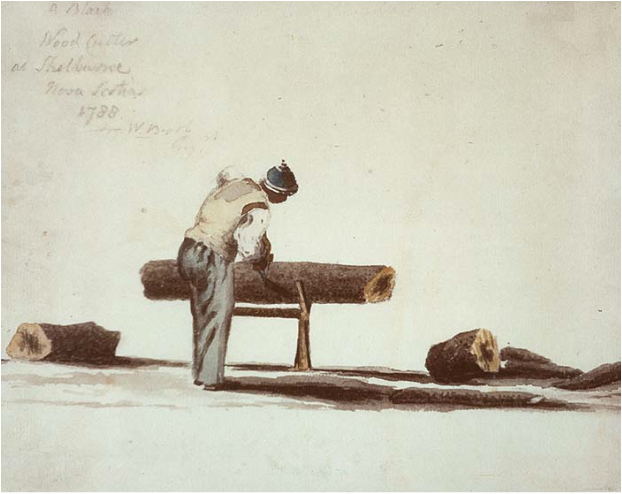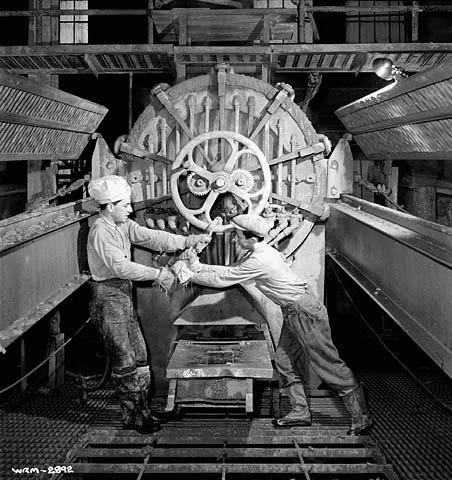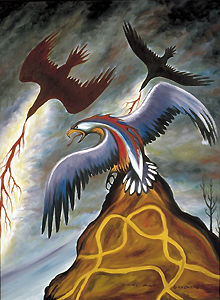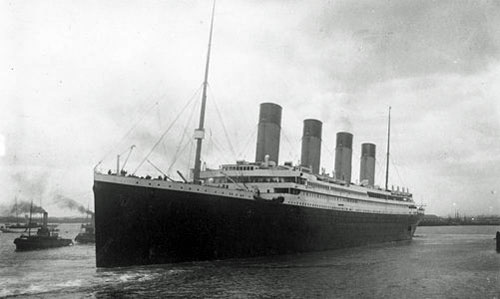Article
The Provincial Freeman
In 1959, an article in the Journal of Negro History announced the discovery of copies of a weekly newspaper long believed lost to history. A sizeable print run of a dust-covered bound volume of The Provincial Freeman, which was published from 1853 to 1860, had been sitting in the library tower at the University of Pennsylvania since the early 1900s. What made this newspaper unique was not just that it was the second paper run by and for African Canadians. It made history as the first newspaper in North America to be published and edited by a Black woman, Mary Ann Shadd.

